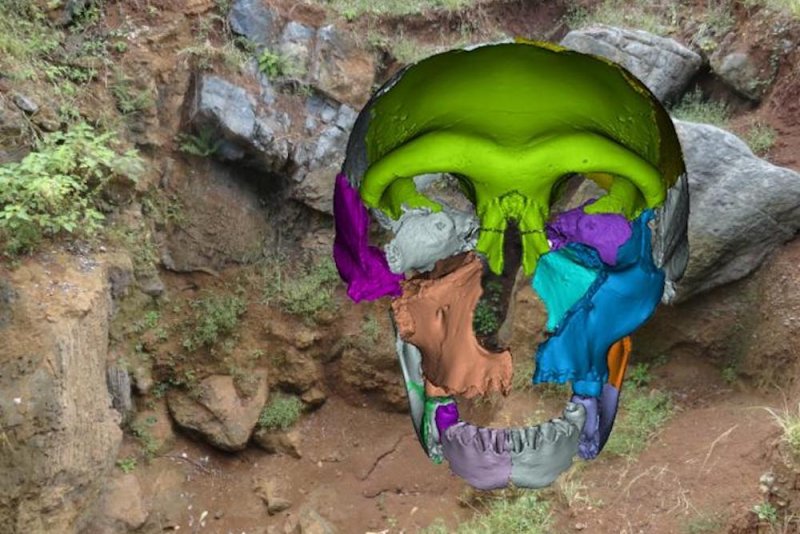April 30 (UPI) -- Paleontologists in China have unearthed a 300,000-year-old human skull, illuminating the variation and continuity among early Asian hominins.The hominin fossil record in East Asia is fragmentary and scattered. As a result, researchers have struggled to accurately characterize the nature of human evolution in the region.
The newly discovered fossil, a near complete skull found in southeastern China's Hualong Cave, demonstrate a level of continuity among the region's archaic humans not previously seen. The skull confirms the interpretation of East Asian human evolution as a complicated story of discontinuities and continuities.















